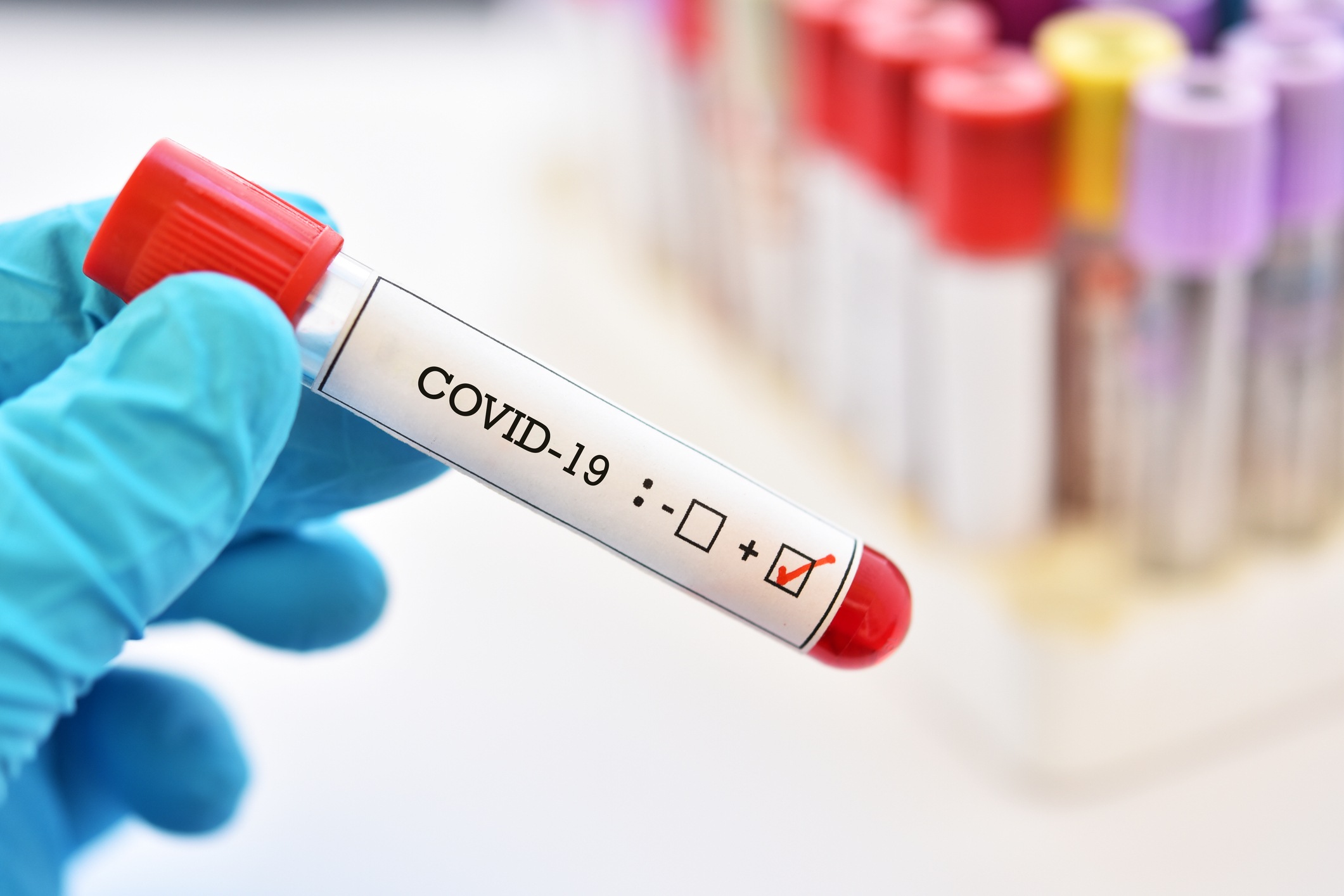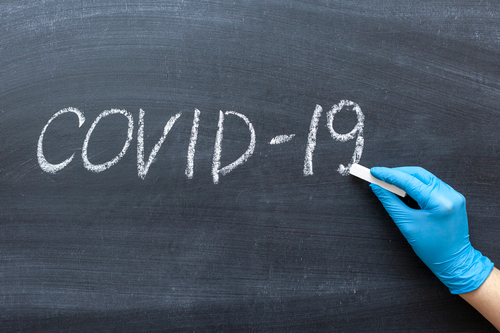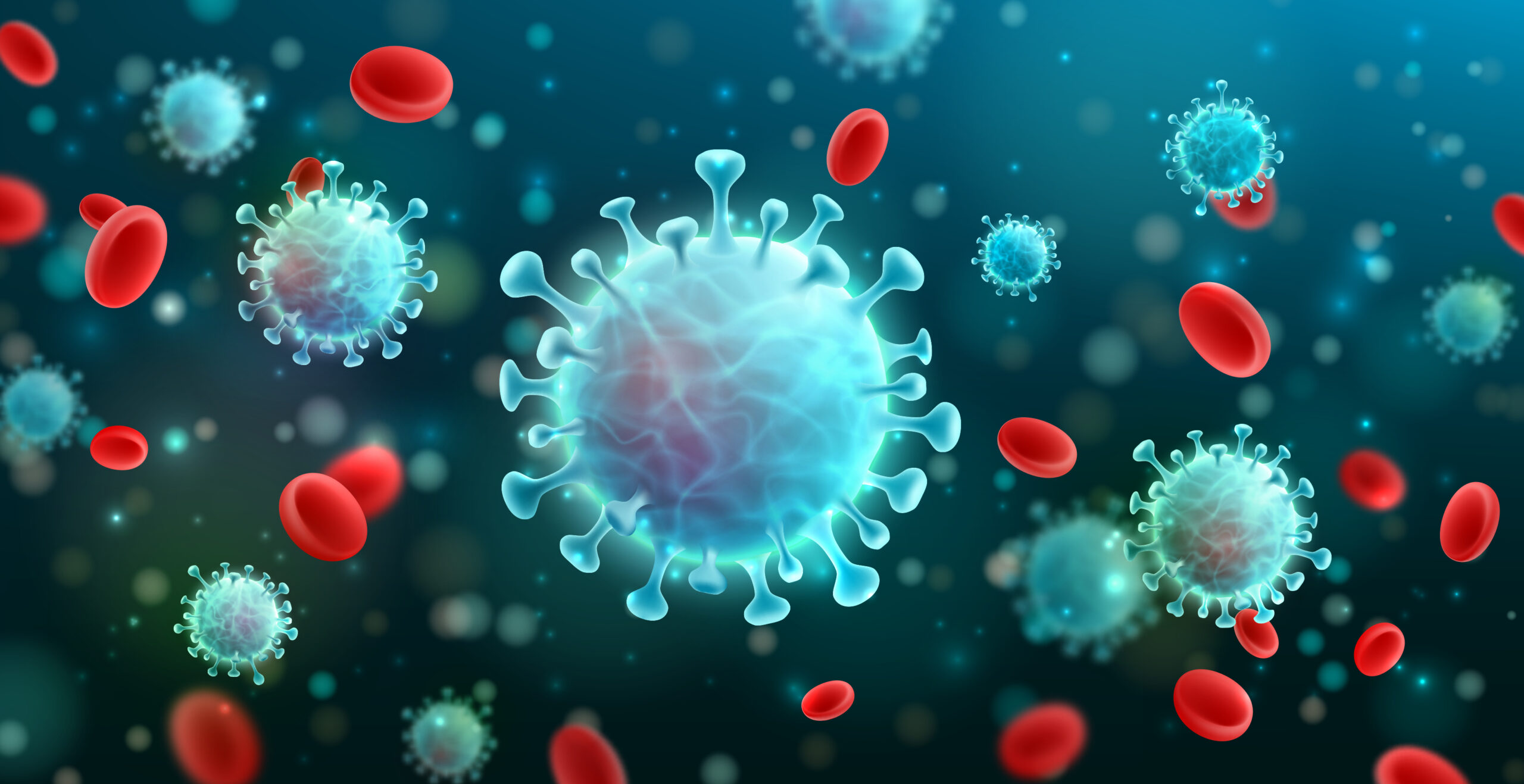
Kidney Week 2020
In late 2019, coronavirus disease 2019 (COVID-19) emerged as a respiratory disease of unknown cause; a novel coronavirus 2019-CoV was then implicated as the cause. A high proportion of patients with COVID-19 experience septic shock from COVID-19 infection and develop acute kidney injury (AKI). Those patients often require continuous renal replacement therapy (CRRT).
Early clinical evidence has indicated that patients with AKI who require CRRT are hypercoagulable. Results of studies suggest that rates of thrombosis are increased in that patient population, complicating the administration of CRRT due to more frequent clotting of the dialysis catheter and sequelae of blood loss, time off dialysis, and increased use of resources.
Aulio Elias Bustos, MD, and colleagues at Westchester Medical Center Health Network, Valhalla, New York, conducted a retrospective review of all patients admitted at the center from February to April 2020 who developed severe AKI requiring CRRT. Results of the review were reported during a virtual poster session at ASN Kidney Week 2020 in a poster titled A Retrospective Observational Study Comparing the Frequency of CRRT Clotting in COVID-19 Positive vs Negative Patients.
The researchers compared the number of CRRT clotting events in the first 7 days in COVID-19 negative (n=49) and COVID-19 positive (n=55) patients. Pediatric patients were excluded from the analysis. The researchers also collected data on variables that may influence clotting rate frequency such as location of catheter, international normalized ratio, and the presence of systemic anticoagulation.
Patients in the COVID-19 positive group had a higher number of clotting events in the first 7 days of CRRT compared with those in the COVID-19 negative group (3.51 vs 1.63; P<.00008). COVID-19 positive patients had higher incidence of AKI versus end-stage kidney disease, number of pressors, and positive end expiratory pressure. Patients in the COVID-19 positive group on anticoagulation had decreased clotting frequency compared with COVID-19 positive patients not on anticoagulation (2.7 vs 4.3; P<.05).
In conclusion, the researchers said, “These data conform our clinical experience that coagulopathy in COVID-19 positive patients led to a greater incidence of CRRT clotting, and the use of systemic anticoagulation was effective in reducing the number of clotting events.”
Source: Bustos AE, Connery M, Becerra rivera VI, et al. A retrospective observational study comparing the frequency of CRRT Clotting in COVID-19 Positive vs Negative Patients. Abstract of a poster presented at the American Society of Nephrology virtual Kidney Week 2020 (Abstract PO0681), October 22, 2020.






 © 2025 Mashup Media, LLC, a Formedics Property. All Rights Reserved.
© 2025 Mashup Media, LLC, a Formedics Property. All Rights Reserved.